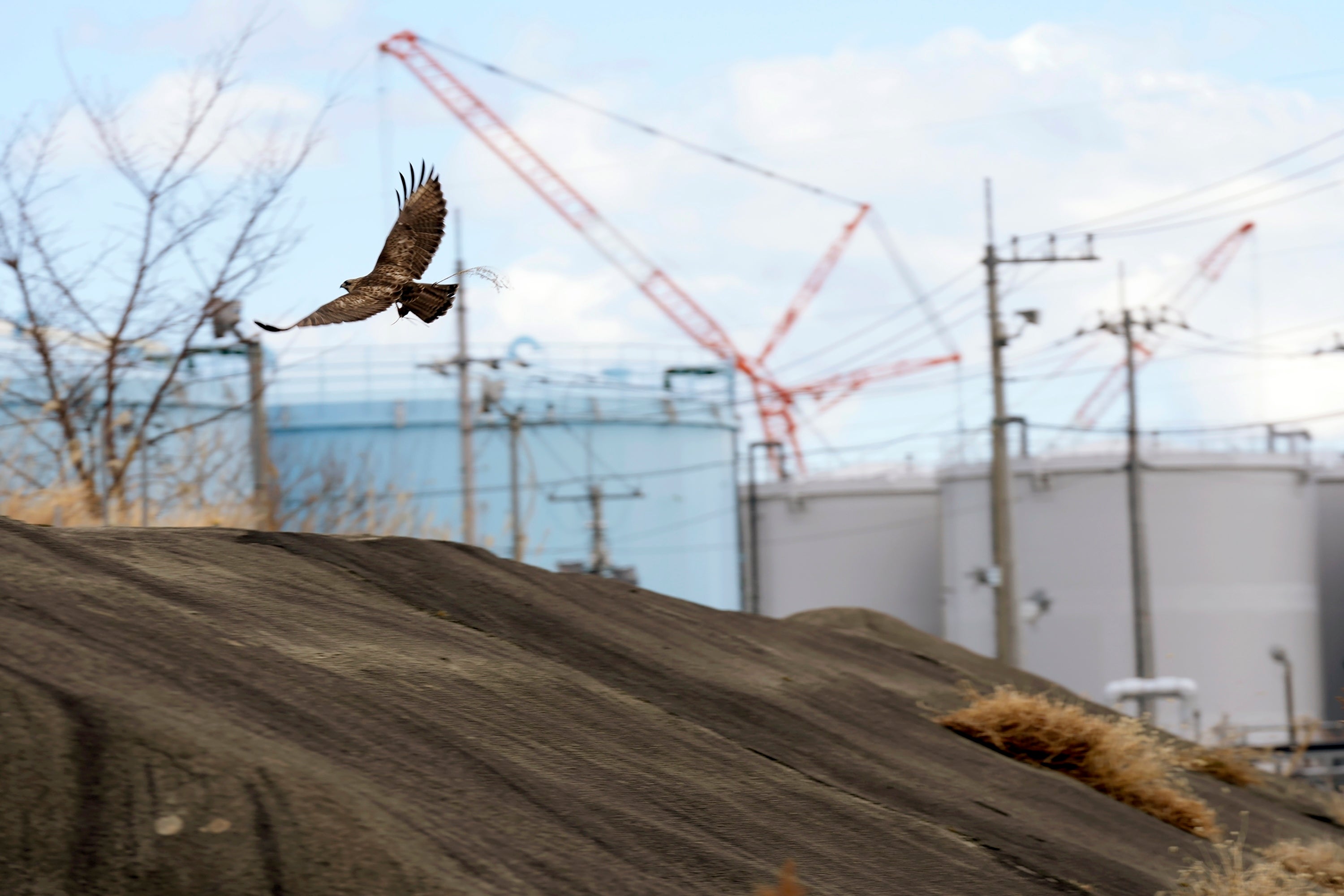ARTICLE AD BOX
A robot has begun its second attempt to extract melted nuclear fuel from one of the reactors at the Fukushima Daiichi power plant in Japan, as part of a long and complex decommissioning effort following the 2011 nuclear disaster.
On Tuesday, Tokyo Electric Power Company (Tepco) launched the latest mission at the plant’s No 2 reactor, aiming to retrieve a fresh sample of radioactive debris from closer to the core.
The effort builds on a first trial run conducted in November last year, which successfully extracted a tiny amount of debris–less than a gram–for analysis.
The robotic system, known as “Telesco”, is equipped with extendable arms, cameras, and a gripping tool designed to function in high-radiation zones.
Inserted through a narrow passage, the device will manoeuvre up to 22m inside the reactor's primary containment vessel. It is expected to take up to 12 days for the robot’s tip to reach the new target location.
This second operation is focused on retrieving material from one to two metres closer to the reactor’s centre, where more of the molten fuel is believed to have accumulated during the triple meltdown caused by a magnitude 9.0 earthquake and tsunami in March 2011.

The disaster triggered one of the worst nuclear accidents in history, leaving around 880 tonnes of radioactive fuel debris across three reactors.
The sample from the previous mission, which was roughly the size of a raisin, revealed traces of uranium, zirconium and other materials used in nuclear fuel. However, scientists say further sampling is required to gain a fuller understanding of the debris composition and distribution inside the damaged reactors.
The ultimate aim is to develop the technology and techniques needed for large-scale fuel removal, set to begin in the 2030s at the No 3 reactor. Tepco says it may revert to collecting a sample from the previous location if the robot is unable to reach the deeper site due to obstructions.
Tepco last year confirmed that the telescopic retrieval system is being upgraded since its first use, with a new camera to improve visibility and increased stability for the tip section.
Preparatory work in March included intensive worker training to check the order of the pipes and camera issues that delayed the earlier mission by several months.

The decommissioning process is expected to last decades, with some experts warning it could take more than a century due to the extreme radiation levels and technical complexity involved.
Robots, last month also began removing radiation-soaked sandbags from underground areas of two reactor buildings.
In 2023, Japan started releasing treated wastewater into the Pacific Ocean—equivalent to the volume of 540 Olympic-sized swimming pools. While the International Atomic Energy Agency backed the move, it prompted China and Russia to ban Japanese seafood imports.
China has since reported no abnormalities in seawater or marine life near Fukushima, though it continues to enforce the ban pending further tests.









 English (US) ·
English (US) ·